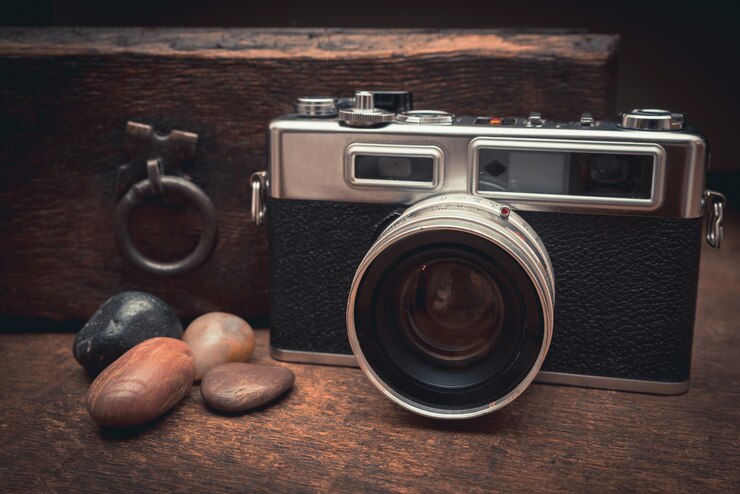Florida is one of the biggest tourist attractions in the world, but it’s also a peninsula where, no matter how deep inland you go, you’re never too far from the shoreline. This is why fishing is one of the most popular activities for Floridians and all those who visit the Sunshine State. Still, a lot of people fishing at the same time has an impact on the local availability of fish, which is why you need to know how to do this the right way in order to get enough value from this activity. With that in mind and without further ado, here are some of the top tips that all Florida fishing enthusiasts should know about.
1- Research Local Regulations
The first thing you need to do is understand fishing laws and obtain the necessary permits for the region that you’re fishing in.
You’re not on a deserted island where you have to fish in order to survive and no one around to prevent you from doing so. You’re in one of the most densely populated areas, as well as a region that sees the most tourist activity out of any other place in the world.
This is why it’s so important that you research local regulations and get the permit you need in time. These permits are issued locally, but you can also apply for them online. What you need is a recreational saltwater license from the Florida Fish and Wildlife Conservation Commission.
2- Choose the Right Gear
Once again, you’re not fishing with some makeshift equipment on a raft in the middle of the ocean. Instead, you’re going on a fishing trip with as much time and money as you can spare. So, you have to select appropriate rods, reels, and tackle for target species.
This also means spending a bit of time researching the species that are abundant in the area, as well as species that you’re interested in.
You also need to choose whether you’re going to pier fishing or fishing from a boat. If the latter is the case, you should rent a boat in Florida and look up some of the best fishing spots. Speaking of which…
3- Know the Best Fishing Spots
If you’ve ever fished before, you know that picking the right spot makes all the difference. Not only does it affect the species of fish that are available locally, but it also affects the abundance of fish in the given area.
Your best bet is always to explore top locations like the Florida Keys, Tampa Bay, and Lake Okeechobee.
Also, keep in mind that pier fishing is something else entirely. With that in mind, when you actually take a rental fishing boat, you’re giving yourself far more choice. If the day seems slow, you can just move. With pier fishing, your mobility is severely restricted.
4- Check the Weather and Tides
You also want to plan trips around favorable weather conditions and tide schedules. When it comes to this, you need to understand that every fish species and every location has its own ideal season. For instance, the Grouper season is from January to May, while the Blackfin Tuna season is from February to October.
You don’t want to be in the open sea during the storm, which is why you want to check the weather forecast. Don’t wait for the storm to start. Even a seasoned sailor and fisherman would rather not be in the open ocean when the storm strikes.
5- Use Live Bait
Opt for local live bait like shrimp or pinfish for better results. This is one of the easiest and most reliable ways to catch more fish. In fact, it’s one of the oldest fishing techniques.
You see, live bait has a scent that lures fish more effectively, not to mention that it moves, which serves as an even stronger beacon. In waters around Florida, with so many fishermen scattered around, having any kind of edge will make a difference.
Most importantly, this way, you really get to target a specific type of fish, seeing as how all of them have a specific species that they’re attracted to. This is one of the most effective ways you can really go for that one species you want. It also makes your efforts more coordinated and the execution of your plans more satisfying.
6- Practice Catch and Release
You should definitely follow sustainable fishing practices to preserve fish populations. This will allow you to help maintain the fish population so that the next generations can enjoy the act of fishing.
Now, some species are endangered or vulnerable, and by practicing catch and release, you can protect them from overfishing. This is also how you support the balance of aquatic ecosystems and preserve predator-pray relationships. All of this may sound a bit too abstract for your liking, but the reality is that it’s a way for you to participate in the preservation of the local ecosystem actively.
7- Join a Local Fishing Community
You also want to engage with local clubs or online forums for tips and camaraderie. The bottom line is that no one knows the local fishing culture and trends better than people who actually fish locally. By joining a group like this, you can actually get so much actionable information and apply these tips to make your fishing trips better and more successful.
On top of this, you get to add a social aspect to your fishing trips. Namely, you can join some Facebook groups where you can post photos of some of your biggest catches. You can also post your gear and your vessel or just a photo of you and your buddies/family out there having fun.
Wrap up
Being prepared will determine the outcome, which will, inevitably, determine the amount of fun you have engaging in a specific activity. Having the right license and equipment will determine if you can fish, to begin with, while knowing the right fishing spots, the right type of bait to use, and choosing the right time to go might have a direct impact on the success of your fishing trip. Joining a local fishing community and practicing catch and release are just practices that will yield positive outcomes in the long run.




0 Comments